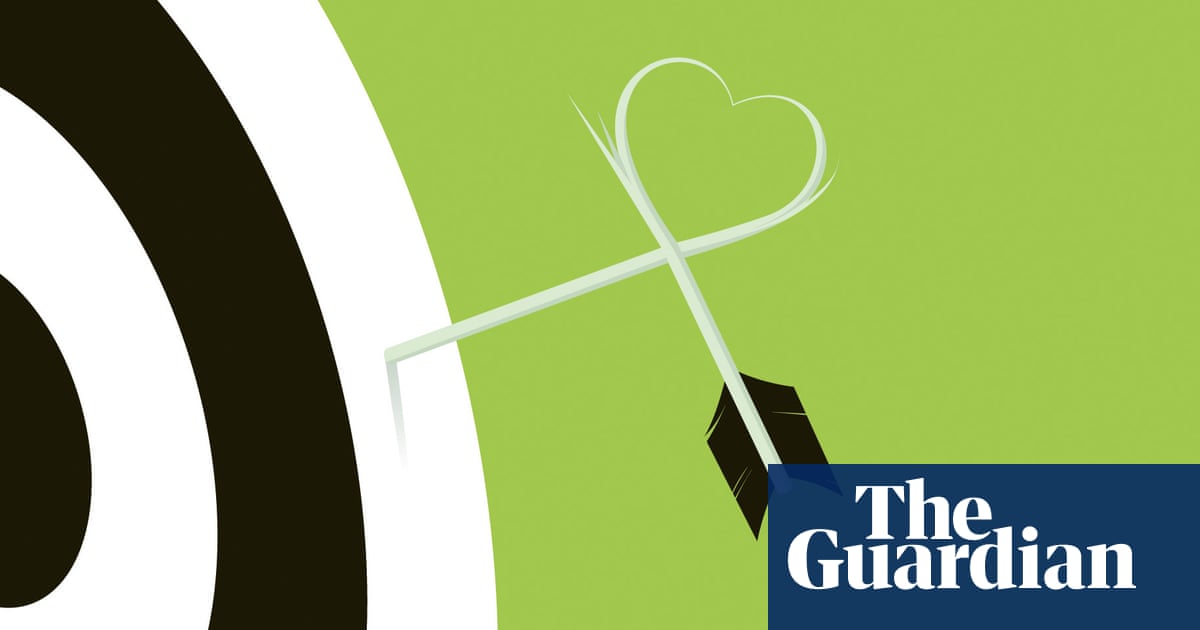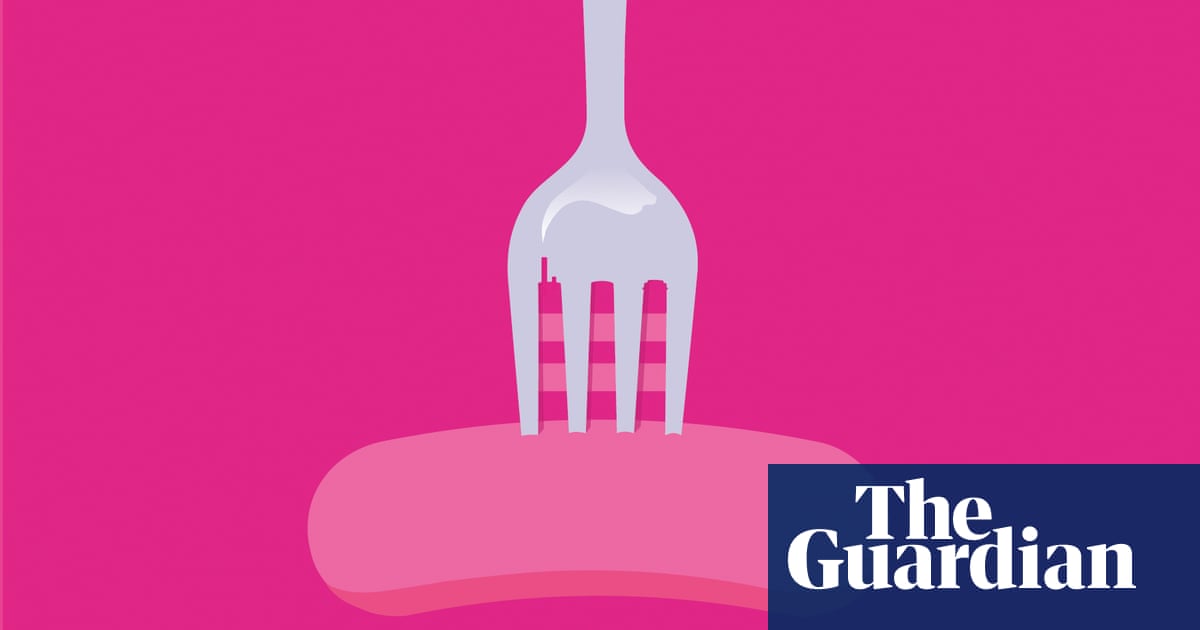
Every year, deep in certain Swedish mines, the bat population is recorded. Each time I take part in the count, I turn out the light for a moment inside the darkness of the mountain to experience the unique sensation of stillness. I’ve started to try to bring that experience with me out of the mine and into my everyday life. Whenever I get the chance, I switch off for a little while and sit in the dark. In an armchair, in the garden, or in the forest. It’s rare that the darkness is as dense and compact as it is in the underworld of the mine passages, but a dark room or an unlit forest path grants the same kind of rest. Darkness is a pause from the constant flood of impressions, it’s a visual silence – and a sort of primitive experience – in the otherwise too well-illuminated modern world.
For bats, darkness isn’t a form of respite: it’s essential. This animal, which has looked roughly the same for at least 55 million years, has always been nocturnal. None of the 1,400 bat species alive today have acclimatised to the brightest hours of daytime. Darkness is their security, and their senses are formed accordingly. For humans, it’s the opposite: we’re a highly diurnal animal, dependent on sense impressions; light is our safety. Being afraid of the dark is woven deep within our genetic and cultural inheritance and it isn’t strange that today we light up the gardens of our houses, industrial areas and carparks. Humanity has extended the day past dusk and into the night, all the while squeezing out those that seek the darkest corners.
We call this light pollution – the artificial and undesired light from our streetlights and advertising that spills out into nature. As early as the 1880s English astronomers complained that the gas lights in London interfered with their night vision and ability to see objects in space. That was just the start. Less than a third of the world’s population can see the Milky Way, and in Europe there will soon be an entire generation who have never properly seen it. But the effects of light pollution are not just aesthetic – it also disrupts the natural rhythms and behaviour of plants and animals.
For some years now, an increasing number of scientists have taken an interest in the impact of light on physiology and ecology. We have begun to pay attention to the consequences of the absence of darkness, notably in the extinction of crepuscular and nocturnal animals, in plants that fail to be pollinated or bud too early and leaves that drop too late, in migrating animals that cannot navigate without the starry sky. In addition to global heating, plastic pollution, deforestation, noise, and other human-made problems, we also urgently need to take responsibility for the overproduction of light.
We’ve all seen the dance of death performed by moths around a street lamp on an August evening. Nocturnal insects, which navigate by moon and starlight among other things, are tricked into steering towards the artificial light in their path. This draws them closer and closer to the light source, they spiral around it, and there they stay, dying of exhaustion, of heat from the bulb, or falling victim to predators. On a larger scale, it’s not just urban insects being displaced – entire ecosystems are drawn in from the dark of the periphery towards light from the cities. The phenomenon, known as the vacuum cleaner effect, along with pesticides and urbanisation, is one of the causes of the current insect die-off.
The problem, of course, isn’t confined to the insect world. Birds that fly at night navigate incorrectly or crash into skyscrapers, newly hatched sea turtles that obey their 200 million-year-old instinct to follow the lightest point on the horizon, out to the sea, stray instead into beach hotels and city centres. Coral animals that rely on the phases of the moon to know when it’s time to mate fail to properly make out the blurry night-time signals. And city trees wait ever longer to drop their leaves since the amount of light around convinces them it’s still summer.
For the first time in 2020 the Swedish list of endangered species cited the brown long-eared bat as “near-threatened”. This is possibly the first species in the country, maybe the first in Europe, that has made the endangered list due to light pollution. Bats here often live in church attics, where they bear and raise their young close to lush churchyards with plenty of food at hand in the form of insects. But in the last 30 years church facade lighting has turned them into islands of daylight.
Today we can go anywhere we want and do anything, whenever the mood strikes us. It’s always light. It is my hope that a greater understanding of what darkness allows to thrive – from insects to bats, extending outwards to an entire web of life – will convince us that protecting it should be a priority.
And if not for other creatures, then for ourselves: our circadian rhythm, our inner clock, evolved in a time without artificial light. Natural cycles of light and dark control our hormonal systems. The sleep hormone melatonin is only produced when it’s getting dark outside and, in its wake, other hormones get switched on and off. Only at night do we find true rest.
Rather than being a threat or something inconvenient, darkness needs to be recast in our minds as a resource that must be preserved, like so many other precious natural habitats.
Johan Eklöf is a Swedish zoologist and author of The Darkness Manifesto. This essay was translated by Elizabeth DeNoma.
Further reading
The End of Night: Searching for Natural Darkness in an Age of Artificial Light by Paul Bogard (Fourth Estate, £9.99)
The Secret Lives of Bats: My Adventures With the World’s Most Misunderstood Mammals by Merlin Tuttle (Houghton Mifflin, £23.99)
Wintering: The Power of Rest and Retreat in Difficult Times by Katherine May (Rider, £10.99)












